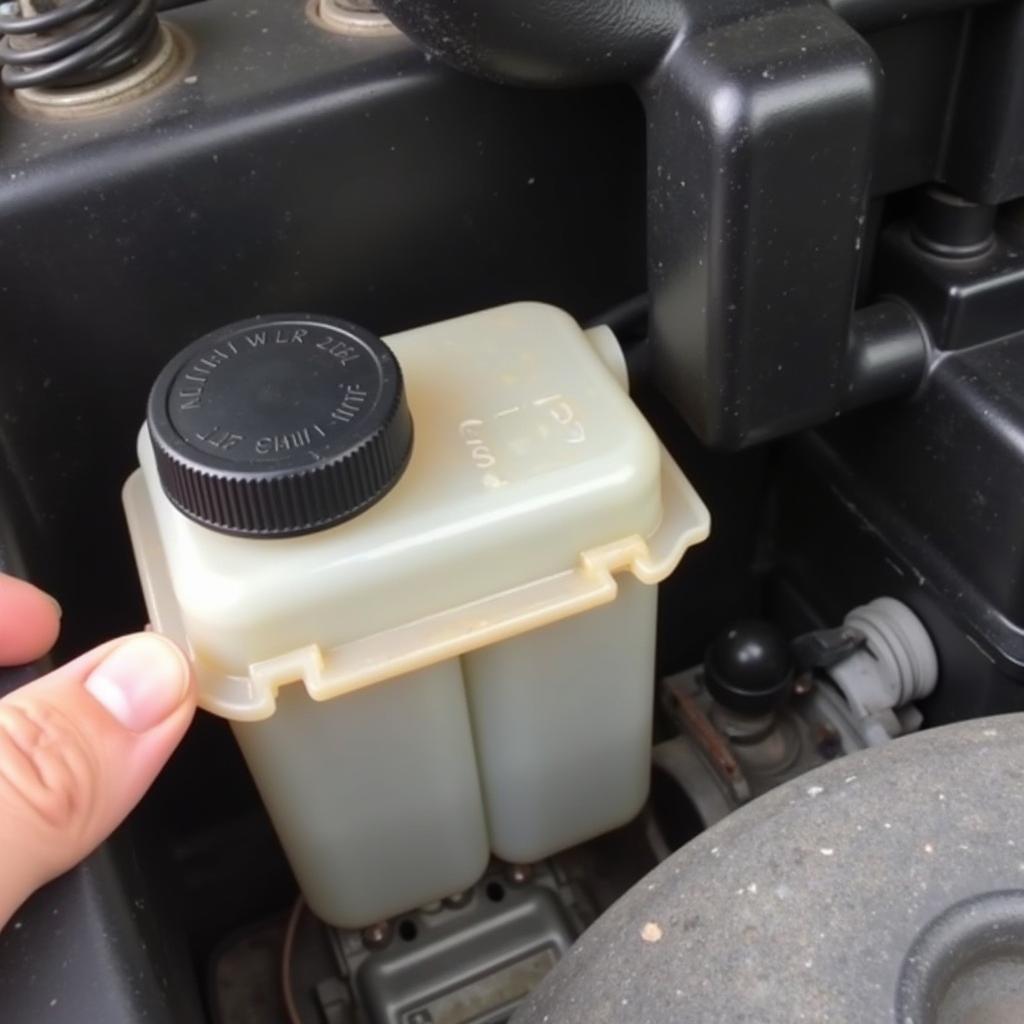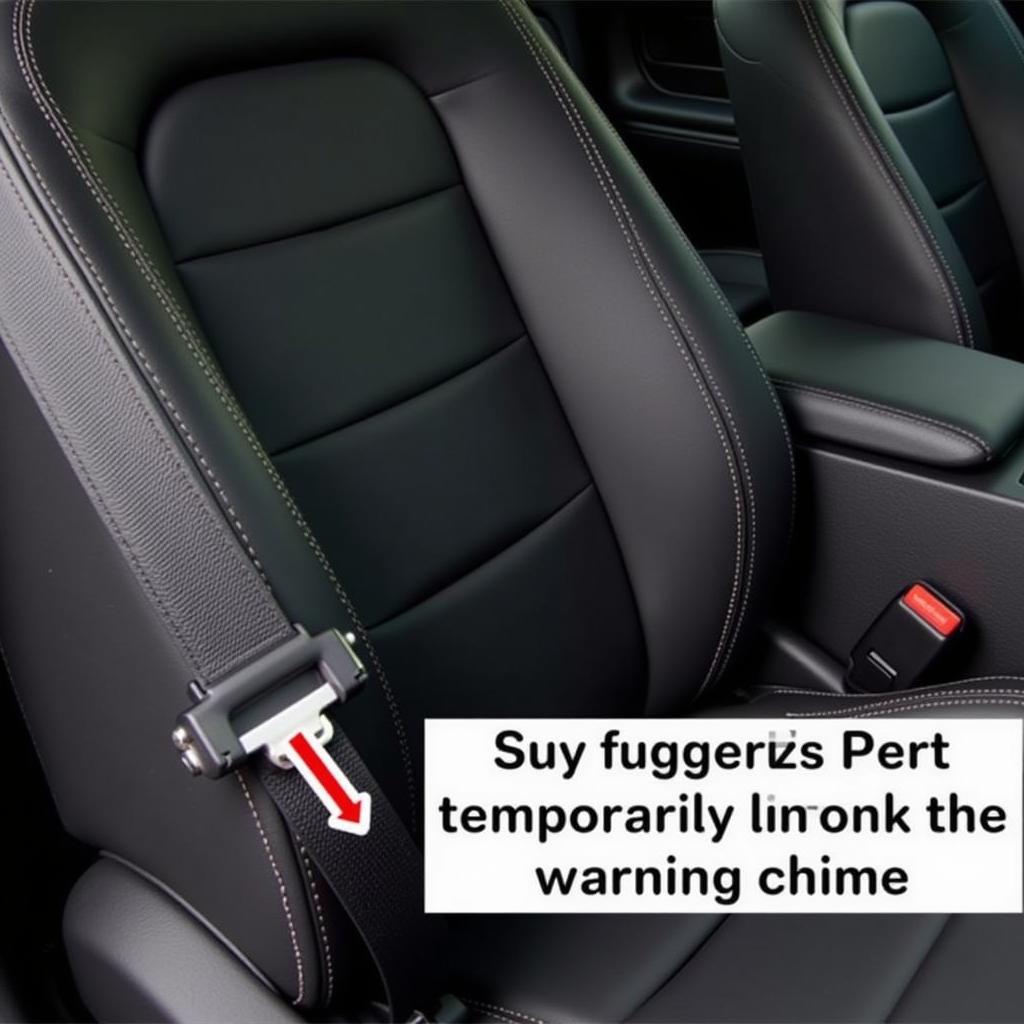Understanding the difference between your brake warning light and your ABS warning light is crucial for safe driving. These two lights, while both related to your braking system, indicate distinct issues that require different responses. Ignoring either light could lead to costly repairs or even dangerous driving situations. This article dives deep into the distinctions between these two vital warning lights, empowering you to take the right action.
As a remote diagnostics specialist, I often encounter confusion surrounding these two lights. Many drivers mistake the ABS light for a general brake problem, while others dismiss the brake warning light as a minor issue. This can be extremely dangerous. For example, if your brake warning light is on, it could signify a serious issue like low brake fluid. Driving in this condition could severely compromise your ability to stop safely. You can read more about this on our page regarding the 2012 mini red brake warning light. Understanding each light’s unique message is the first step towards maintaining a safe and reliable vehicle.
Decoding the Brake Warning Light
The brake warning light, typically red, signals a critical issue within your core braking system. This light often illuminates for one of two primary reasons: low brake fluid or a problem with the hydraulic system responsible for applying pressure to your brakes. This light demands immediate attention. Continuing to drive with an illuminated brake warning light is highly unsafe and could result in complete brake failure.
Why is my brake warning light on?
Several reasons can trigger your brake warning light. The most common causes include a leak in the brake lines, worn brake pads, or a faulty brake master cylinder. In some cases, the parking brake being engaged can also illuminate the light. However, if the light persists after disengaging the parking brake, there is likely a more serious issue. If you’re driving a BMW and notice a yellow brake warning light, you should immediately check your brake fluid level and consult a mechanic if necessary. For a more detailed understanding, you can explore our resource on the yellow brake warning light bmw.
Understanding the ABS Warning Light
The ABS, or Anti-lock Braking System, is a safety feature designed to prevent wheel lockup during hard braking, allowing you to maintain steering control. The ABS warning light, usually amber or yellow, indicates a problem within this specific system. While a malfunctioning ABS doesn’t necessarily mean your brakes won’t work, it does mean you won’t have the added safety net of ABS during emergency braking situations.
What does the ABS light mean?
The ABS light illuminates when the system’s onboard diagnostic system detects a fault. This could be due to a malfunctioning ABS sensor, a problem with the ABS module, or low ABS fluid. While driving with a lit ABS light is generally less dangerous than driving with an illuminated brake warning light, it still warrants prompt attention to ensure optimal braking performance. If you’re experiencing a persistent red brake warning light, especially in a Buick Lesabre, you might find our article on the 2001 Buick Lesabre brake warning light helpful.
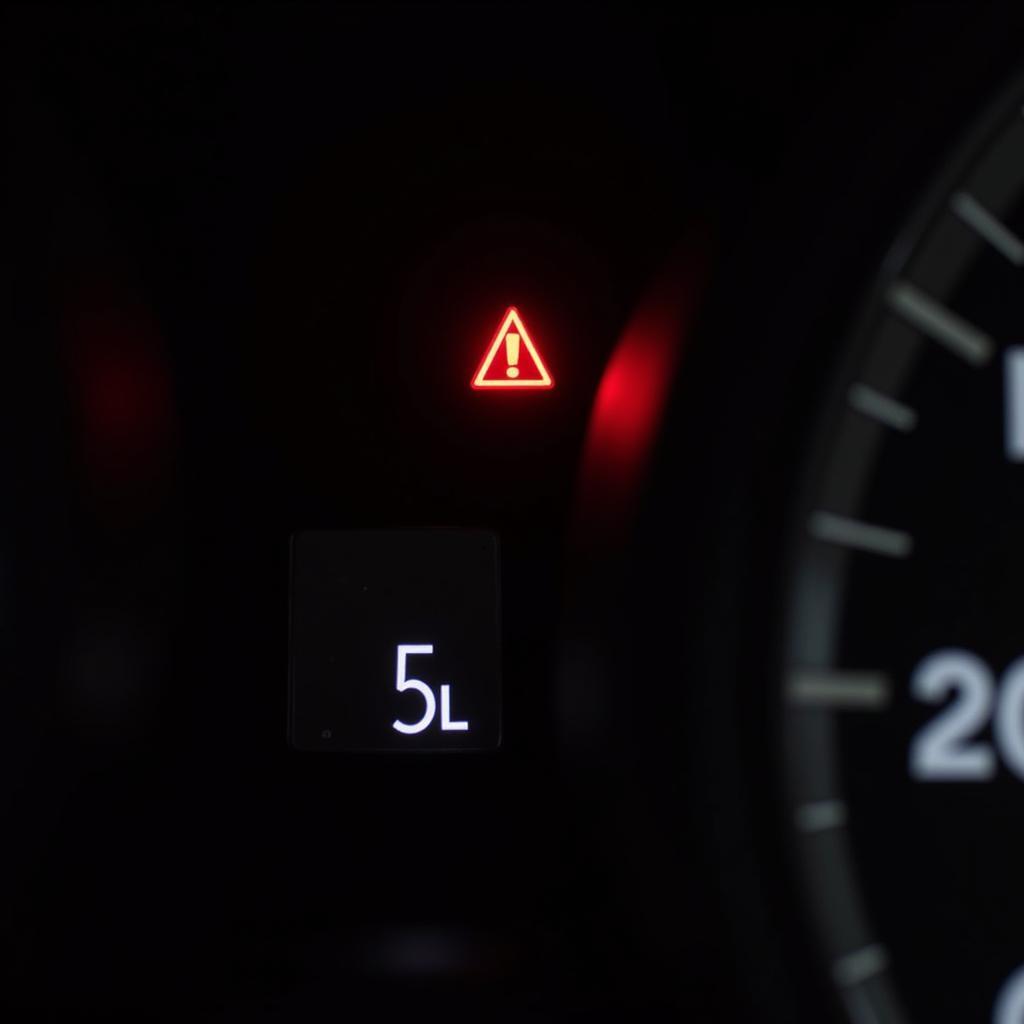 Brake Warning Light on Car Dashboard
Brake Warning Light on Car Dashboard
Key Differences: Brake Warning Light vs. ABS Warning Light
The key difference lies in the urgency and nature of the problem they represent. A red brake warning light signals a critical issue with your primary braking system, requiring immediate attention. An amber/yellow ABS warning light signifies a problem with the anti-lock braking system, which, while important, doesn’t pose the same immediate threat to your ability to stop.
Can I drive with the ABS light on?
While you can technically drive with the ABS light on, it’s not recommended. You’ll still be able to brake, but you won’t have the added safety of ABS. This can be especially dangerous in slippery conditions. If you are experiencing issues with a Volvo dump truck’s brake hydraulic system and a red warning light, you can refer to our dedicated page for more information: volvo dump truck code brake hydraulic system red warning light.
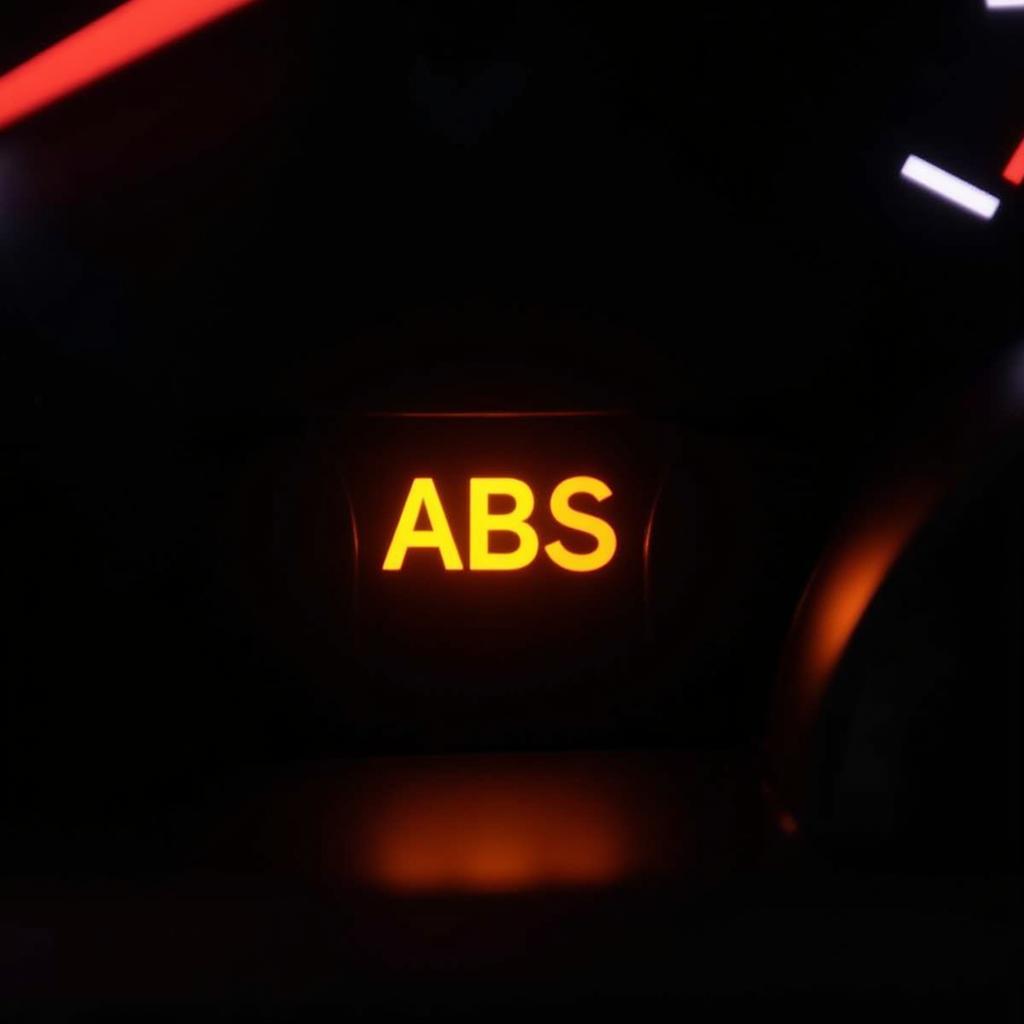 ABS Warning Light Illuminated on Dashboard
ABS Warning Light Illuminated on Dashboard
“The ABS light is often overlooked, but it’s a crucial indicator of your vehicle’s safety systems. Don’t ignore it,” advises Michael Davies, Senior Automotive Engineer at Apex Diagnostics.
What to Do When a Warning Light Appears
If either light illuminates, pull over safely as soon as possible and consult your vehicle’s owner’s manual. For a persistent red brake warning light, it’s crucial to have your vehicle towed to a qualified mechanic immediately. You can learn more about the various reasons a vehicle’s red brake warning light might stay on by visiting our article reason for vehicles red brake warning light stays on. For an ABS warning light, while not as urgent, it’s still recommended to schedule an inspection with a qualified technician to diagnose and resolve the issue.
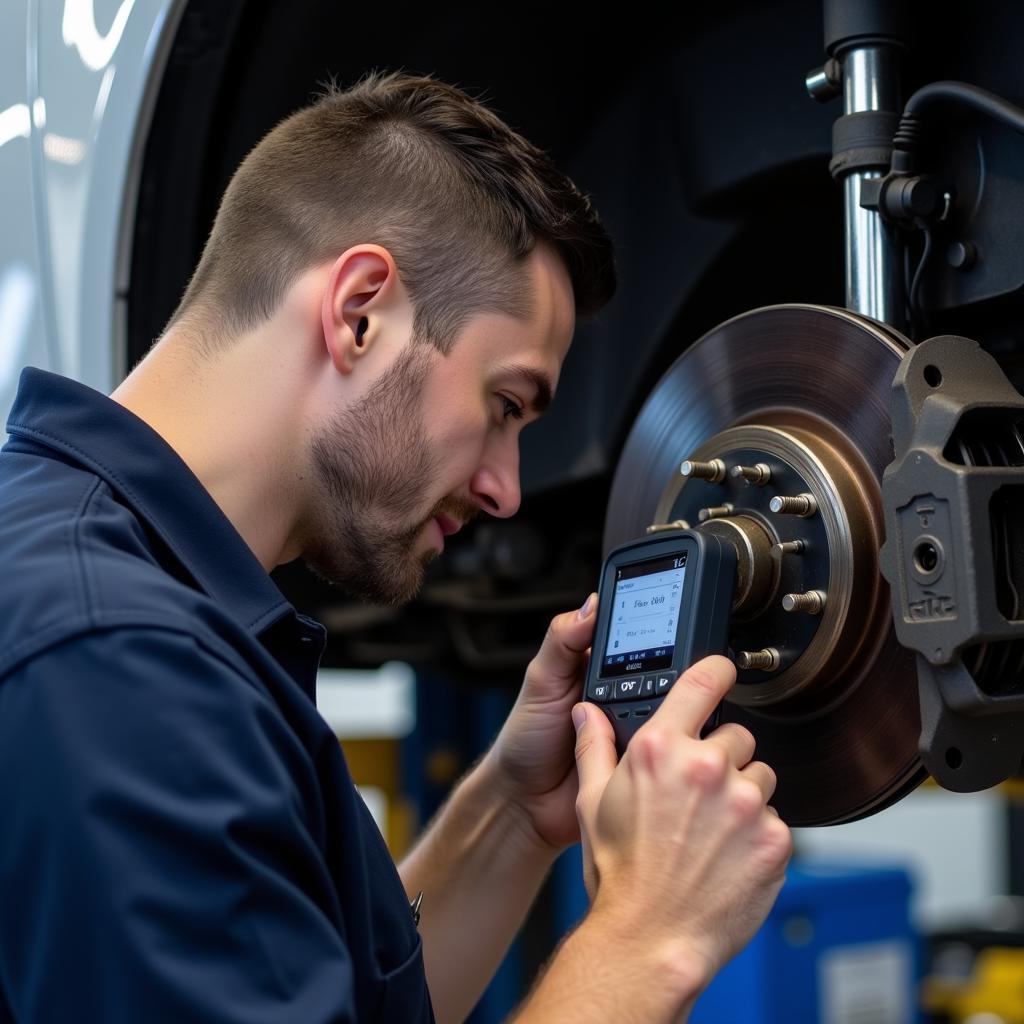 Mechanic Checking Brake System
Mechanic Checking Brake System
Conclusion
Understanding the difference between the brake warning light and the ABS warning light is essential for safe driving. The brake warning light demands immediate action, as it signifies a potentially dangerous issue with your core braking system. The ABS warning light, while less urgent, still requires attention to ensure optimal braking performance. Never ignore either light, and always prioritize your safety by seeking professional assistance when necessary.
FAQ
- What color is the brake warning light? Typically red.
- What color is the ABS warning light? Usually amber or yellow.
- Can I drive with the brake warning light on? No, it’s extremely dangerous and could lead to brake failure.
- Can I drive with the ABS light on? You can, but you won’t have the benefit of ABS, which could be risky.
- What should I do if my brake warning light comes on? Pull over safely and have your vehicle towed to a mechanic.
- What should I do if my ABS light comes on? Schedule an inspection with a qualified technician.
- What is the main difference between the two lights? The brake light signals a critical braking system issue, while the ABS light indicates a problem with the anti-lock braking system.

